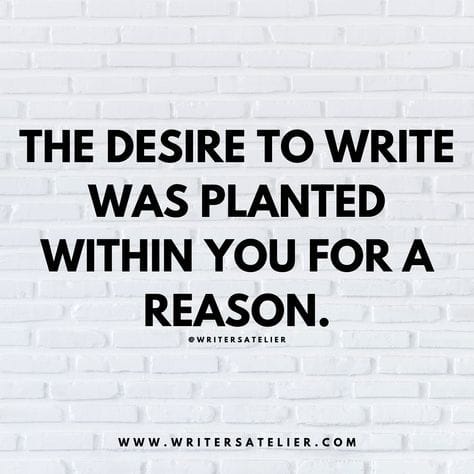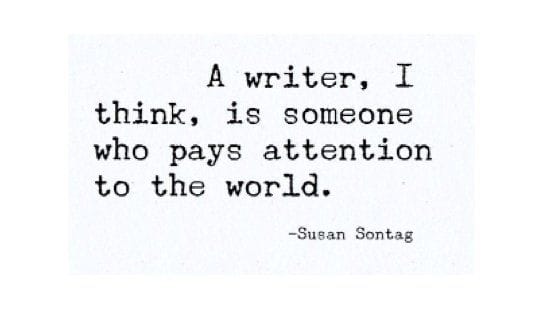How to write, to be read.

There is nothing more powerful than the written word. Whether that word is expressed in print, digitally, or audibly, it impacts us like no other.
But that power can only be harnessed if you hold attention and keep your readers—reading.
Writing is nothing more than thoughts expressed on paper (or screen). Your thoughts must become your readers' thoughts, this takes practice.
All non-fiction writing is answering a question in the mind of a reader. Whether it gets read or not ultimately depends on your skills to keep and hold the attention of the reader. Every sentence should amplify the one that preceded it.
In this article, I suggest writing techniques that can be of benefit use in business and marketing to improve impact and response.
I left the most important concept till the end...
Conceptual Nouns.
Nouns that express a concept rather than a real action are common in bad writing.
Here are 2 typical dead sentences:
- The current campus hostility is a symptom of the change
- Bemused cynicism isn't the only response to the old system
- The common reaction is incredulous laughter
It's obvious they are boring but why?
Simple, two main reasons, they have no people in them and no working verbs (action).
Let's change those empty sentences to have more impact.
- It's easy to notice the change — you can see how angry all the students are.
- Some people respond to the old system by turning cynical, others say ...
- Most people just laugh with disbelief.
See how these revised sentences are more interesting? You need to have real people with action words (action verbs) in your writing as often as possible. Not simply any verb, use the best verb which puts an image in the mind (more on that in another blog 😄 )
Write as you talk.
Writing as you talk, or adopting a conversational style, offers a multitude of benefits. This approach enhances accessibility, making content more easily understood by a diverse audience.
Conversational writing is engaging and relatable, fostering a connection with readers. It allows the author's personality to shine through authentically.
Clarity is improved as complex ideas are simplified, and readability is enhanced with shorter sentences and paragraphs, facilitating quick information retrieval.
Put yourself in the reader’s place
Putting yourself in the reader's shoes is like unlocking the secret to meaningful communication. It's the golden ticket to creating content that resonates.
When you step into your reader's world, you gain a profound understanding of their needs, questions, and interests. This empathy becomes the driving force behind crafting content.
The text becomes not only informative but also relatable and engaging.
By anticipating what your reader wants, you can tailor your message to address their concerns and add genuine value. It transforms your communication from a one-way street to a conversation. This forges a connection that makes your content more impactful and memorable.
In essence, empathy is the magic ingredient. It turns good content into something truly exceptional.
These are some suggestions that can make your writing more engaging an enjoyable to read. Over the next few weeks, I will discuss these points with examples and more detail.


Comments ()